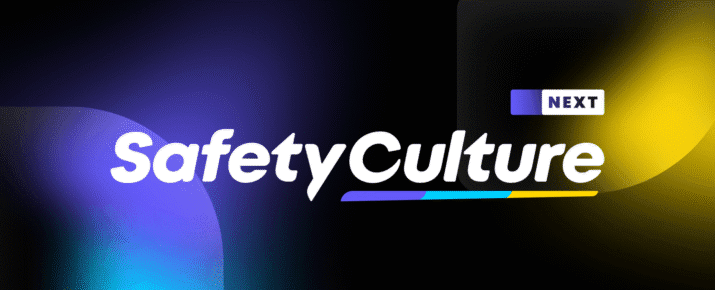We’re all in This Together: Improving Safety Accountability in the Workplace
SafetyCulture News | By | 30 Nov 2018 | 2 minute read

A strong safety culture means nothing if your employees aren’t motivated on a personal level. But how do you ensure your workers take responsibility for both their individual safety and that of their colleagues? Here, experts offer suggestions for improving accountability.
1. Make safety part of overall accountability
Some employees may have received mixed messages about safety from an employer. So if an organisation wants to improve safety accountability it first needs to establish safety as a strong part of its organisational culture and educate workers on safety expectations, advises Associate Professor Scotty Dunlap from the School of Safety, Security and Emergency Management at Eastern Kentucky University.
“Those expectations should be no different from attendance, production and quality, because safety is not something separate, it’s a big part of it all,” Dunlap says.
2. Seek employee input and feedback
Some workplace safety guides are written by lawyers or executives who are distanced from where the work happens. Such an approach is counterintuitive to safety, says Dr David McIvor, work safety specialist at WorkSafety Pty Ltd.
“There’s no way the big wigs in their offices can know in-depth what the safety needs of the workers on the frontline of the company’s operations are if they haven’t experienced it,” he says.
“But if you get the workers to tell you in their own words what’s safe and what needs improvement, not only will you have a safer working environment, you’re also giving your staff a voice and that can go a long way to improving accountability.”
3. Empower even the lowest in the hierarchy
McIvor once worked at a company where a worker denied a senior member of the company’s executive access to a restricted area because the executive wasn’t wearing the appropriate safety gear. “[The worker] said, ‘I don’t care who you are, you’re not coming in here unless you’ve got your head protection on’,” McIvor says.
“The key here is that rather than being reprimanded he was congratulated by management. That’s the kind of behaviour and attitude you want to encourage.”
4. Make safety part of evaluations
Making safety a big part of staff assessments helps reinforce the company’s values regarding safety and encourages staff to remain mindful of their own contribution to safety.
“If safety is assessed on a routine basis, it will be something employees will tend to pay attention to because they know it’s going to come up in their quarterly or yearly performance review,” Dunlap says.
5. Ensure management knows the cost of an unsafe workplace
Having safe and happy employees should always be the top motivator for management to promote safe work practices, but for an extra incentive, ensure all managers are aware of the myriad other benefits a safe working culture provides: for example, huge savings.
“If you’re putting safety in management terms, you’ve also got to talk dollars,” McIvor says. “Studies show the cost of a safety failure can range from four times to up to 36 times greater than the cost of the insurance premium.”
McIvor’s recommendation? Get some analytics to show the company’s managing director just how much money they can save by implementing a safe working culture.
Important Notice
The information contained in this article is general in nature and you should consider whether the information is appropriate to your specific needs. Legal and other matters referred to in this article are based on our interpretation of laws existing at the time and should not be relied on in place of professional advice. We are not responsible for the content of any site owned by a third party that may be linked to this article. SafetyCulture disclaims all liability (except for any liability which by law cannot be excluded) for any error, inaccuracy, or omission from the information contained in this article, any site linked to this article, and any loss or damage suffered by any person directly or indirectly through relying on this information.





